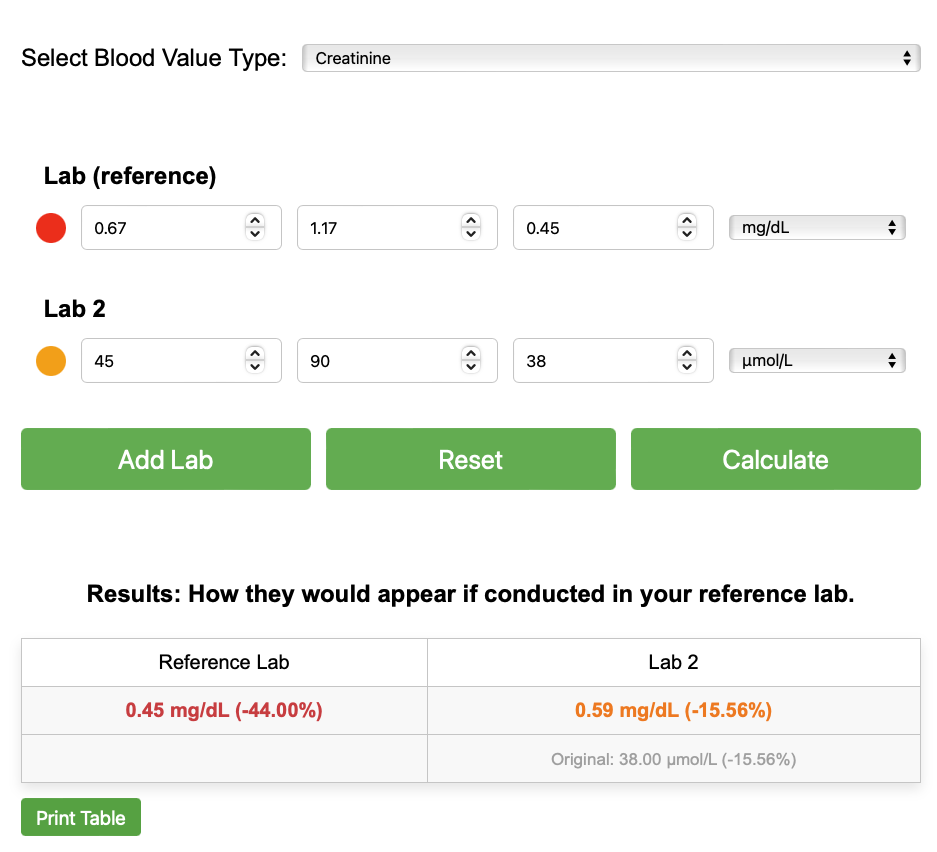Reference ranges for blood tests are indispensable tools in clinical practice, guiding diagnoses and monitoring treatment. However, these ranges are not universally constant but vary according to the methodologies employed by different laboratories. This variation can lead to significant discrepancies in patient care if not properly managed.
Understanding Reference Range Variability
The crux of the issue lies in the analytical methods used to determine blood values. Each laboratory may use different equipment, reagents, and calibration standards, which can influence the results. For example, the method of detection (e.g., colorimetric, enzymatic, electrochemical) and the sensitivity of the assay can alter the outcome significantly.
This scenario is akin to measuring body temperature, where the normal range is generally understood to be between 36.5°C and 37.5°C. Imagine if different thermometers, calibrated distinctively, reported normal temperatures as varying from 35°C to 38°C. Clinicians would face a challenge in interpreting these results without a standardized reference point.
Clinical Implications
Such variability necessitates a cautious approach when interpreting laboratory results. Clinicians must consider the reference range specific to the laboratory that processed the test when making decisions. This adjustment is crucial not only for diagnosing diseases but also for tailoring individual patient management strategies.
Bridging the Gap with Technology
To streamline the comparison of lab results from different laboratories, I have developed a simple and free tool specifically designed for clinical settings. This tool allows healthcare professionals to compare up to four different lab results against a preferred reference range—the one routinely used in their practice or the “favorite lab.” Users simply enter the lab values along with their corresponding ranges, and the tool automatically adjusts these values to reflect what they would be if tested under the conditions of the preferred lab’s methodology. This facilitates a standardized comparison, ensuring all results are interpreted based on the same reference range, thus enhancing diagnostic accuracy and consistency in patient care.
Conclusion
As medical professionals, it is paramount to recognize the inherent variability in lab test results and adapt our interpretation accordingly. The use of advanced tools to standardize these values across different testing platforms represents a significant step forward in achieving more accurate and reliable medical assessments.
Author: David Halenta
Note: Before relying on the information in this article, please ensure you have read our Disclaimer for important legal and health information.
Click here to try the tool:



Leave a Reply